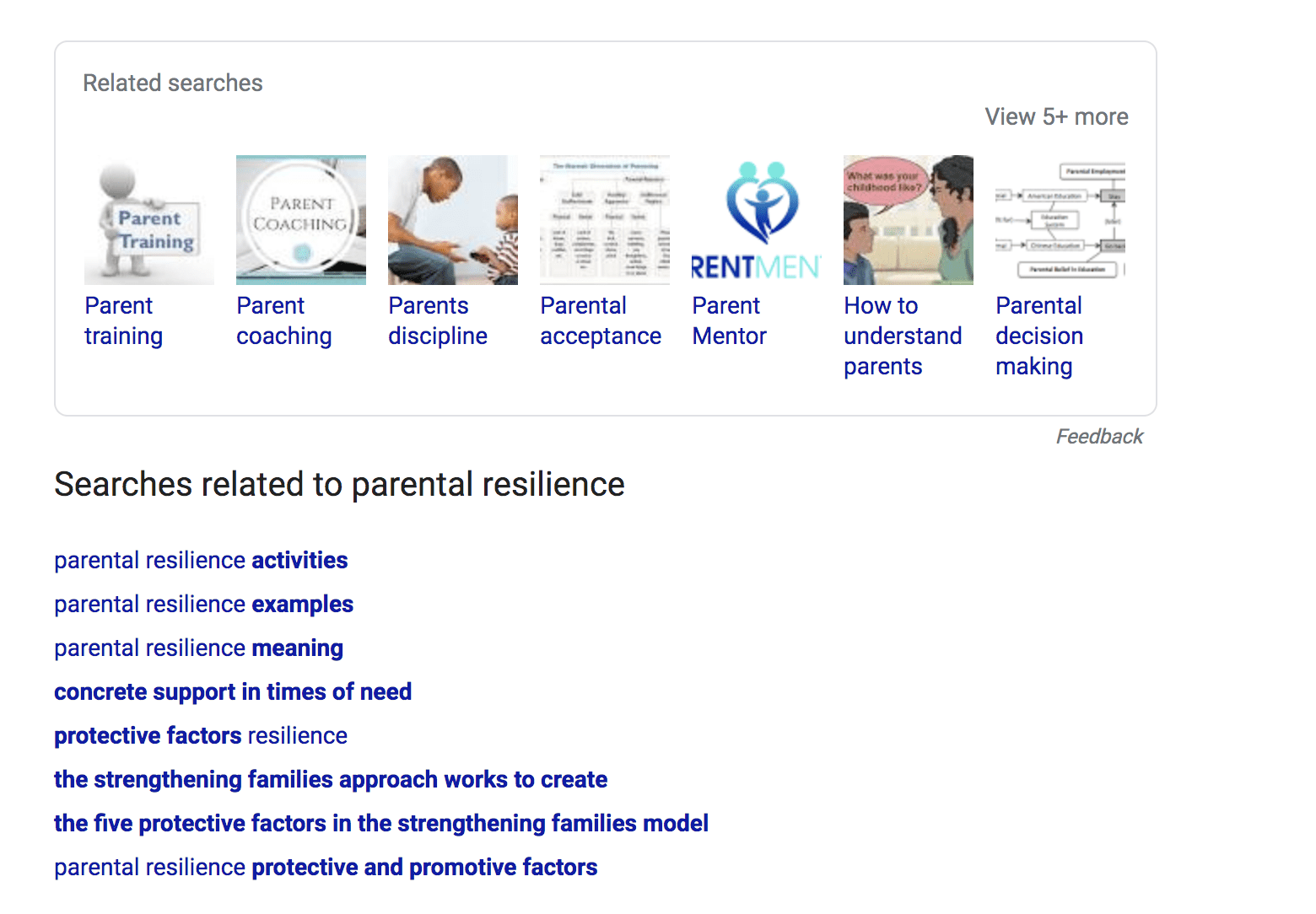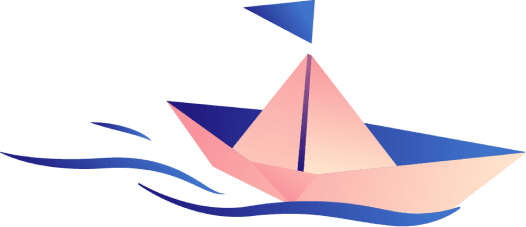How We Create High-Quality Content For SEO
- But First, What is Good Quality Content for SEO?
- Why is High-quality Content Important for SEO?
- 4 Features of High-quality Content for SEO
- 1. Content Research
- 2. Strategic Writing
- Take advantage of hierarchical, call-and-response headings.
- Write the article and create any other content.
- Get to the point to show up in SERP features.
- 3. Optimize for Publication
- 4. Share Your New Content
- How to Check the Content Quality?
- 1. Perform a Content Audit
- 2. Assess for Google's EEAT Guidelines
- 3. Evaluate Readability
- 4. Validate Search Intent
- 5. Analyze Industry Competitors
- 6. Check On-Page SEO Metrics
- Creating High-quality Content: Easier Said Than Done
- FAQs
As content marketing has become a standard part of marketing strategy, content creators have been inundating the internet with an overwhelming amount of content.
In 2025, over 7.5 million blog posts are published every day.
How can you create high-quality content in a sea of listicles, “ultimate” guides, how-tos, infographics, white papers, and ebooks?
Throughout my career as a content writer and strategist, I’ve observed a spectrum of content creators. Some think that you should simply “write good content,” and the users will follow.

Others may think that you must use your target keyword a certain number of times in an article, and each paragraph, subheading, link, and phrasing must be 1000% optimized for search engine optimization (SEO).

In reality, creating high-quality content lies in the middle of this spectrum.
It’s essential to write content for humans, using signals from search engines to shape your writing strategy. Search optimization is all about getting your work seen by users, but keeping your users on the page is key to higher rank, more shares, and stronger conversions. Ultimately, search engines also reward you for content that is enjoyable to humans.

But First, What is Good Quality Content for SEO?
What makes content high quality is, to some degree, subjective. However, all high-quality content tends to be
- Audience- or persona-centric
- Problem-solving and solution-oriented
- Easy to read and clear
- Presented in a variety of formats, like text, video, and images
- Original and experience- or expertise-based
Google’s EEAT guidelines for helpful content are a great starting point for learning more about how search engines rank content for quality.
Why is High-quality Content Important for SEO?
High-quality content is crucial to ranking highly in search engine results, acquiring backlinks, and standing out against your competition. Everyone has a blog these days, and keyword alignment alone isn’t enough, given Google’s ever-increasing ability to identify and rank for quality content. Producing low-quality content won’t provide any of the audience-building, lead-converting, social media-engaging benefits that are why you decided to start creating content in the first place.
4 Features of High-quality Content for SEO
1. Content Research
Research is crucial to providing a unique and helpful experience to your audience. Before you begin content development, you need to conduct thorough research to both select your topic and write about it. Here’s how to do that:
Hone in on your topic and keywords.
Even if search engine rank isn’t your primary goal, it’s almost always beneficial to write an article that focuses on a keyword with a decent search volume that isn’t highly competitive. While there are plenty of other ways for people to find your content (via email, social media, etc.), incorporating search engine research in the beginning will help you in the long run.
So, to identify your topic, if you aren’t using a paid SEO tool, you can use UberSuggest (or a variety of other tools) for content research.
For example, let’s say we are developing content for a child-focused nonprofit, and our blog post will be about parental resilience. I can input “parental resilience” into UberSuggest and see general information on the topic:

This is a good topic to write about because it has a decent search volume and will not be that difficult to rank for.
Next, I can also scroll down and see keyword ideas. These may be things we want to make sure we address in our article as subheads, such as “what is parental resilience” and “parental resilience examples,” or they could be separate articles we want to create that will link to this article depending on the search volume and how different the topics are. In this example, most of the keyword ideas below “parental resilience” have a low volume and are highly related to “parental resilience,” so they should be incorporated into the article I’m writing.

Look at top-ranking articles.
Whether you type your keyword or topic into Google or check out the top-ranking articles in UberSuggest, you should click through every article on the first page (at least) to see if any commonalities or features stand out. For example:
- What kinds of websites are ranking for this content?
- Are the articles formatted as listicles?
- Do they contain graphics or videos?
- Do they all address the same common topics and questions?
Note: If the top-ranking sites are very different from your site (for example, they are all medical sites and your website is not), it may be more difficult for you to rank for this keyword.
In UberSuggest, we can click on one of the keywords to show the keyword overview, including the top-ranking articles for the keyword.

I can expand these and click through the top-ranking content to get this information.
For example, regarding parental resilience, I can make the following observations from these top-ranking pages that can inform the development of my content.
- Many are PDFs with fact sheets and tips, so providing something like that to my readers might be helpful.
- Many discussions on parental resilience often include other protective factors, so I should incorporate that into my article and consider creating a pillar page on protective factors that links to this article.
- The content originates from nonprofit organizations, making it a good fit for my website, which is also a nonprofit organization.
- Tips for developing and building resilience are also commonly discussed in the content.
- Graphics and charts are sometimes featured in the content, along with bulleted lists and numbered tips.
Examine user research.
After reviewing the content in our top-ranking articles, consider examining the questions people are asking on Google and the related search terms. If I open an incognito window in Google Chrome and enter “parental resilience,” this is what I initially see in the “people also ask” section:

I can expand these questions to see even more questions. This information can help us outline our content and even map out the subheads in our article.
The bottom of the page, which includes related searches, also helps us discover what we should include in this blog post or what we can provide in future blog posts as part of this topic.

2. Strategic Writing
Now that we have completed all this research, we’re ready to write an optimized article that provides a good user experience. To do that, we need to have a plan in place.
Take advantage of hierarchical, call-and-response headings.
Headings are naturally organized numerically (1-6), and Google recommends taking advantage of that structure even though it’s not a direct ranking factor. In addition, it’s a great idea to ask questions in your headings that you answer in the body paragraph, as it increases your opportunity for picking up search engine result page (SERP) features. Luckily, if you’ve done your SERP research, the article outline is pretty straightforward.
For an article on parental resilience, my outline might look something like this:
Introduction: Scenario illustrating the importance of parental resilience
H2: What is Parental Resilience?
- Definition of parental resilience
- H3: What are the Five Protective Factors in the Strengthening Families Approach?
- H3: Why is Parental Resilience Important?
H2: How to Build Parental Resilience
- Tips on how to build parental resilience as a bulleted list
- H3: What are Some Examples of Parental Resilience?
H2: Parental Resilience Activities
- Link to PDF worksheet of parental resilience activities
Write the article and create any other content.
While you’re writing, keep in mind your target audience and strive to make your content as inviting and easy to navigate as possible for them. This involves using subheads (H2s and H3s) throughout the text, as well as incorporating bullet points where possible.
Remember your “why” for writing the article and the audience’s “What’s In It For Me (WIIFM).” We conducted all this user research to ensure our article provides the information users need.
In addition to writing the article content, now is the time to create any other content that will amplify the post, such as:
Infographics and Social Graphics: Now is the time to create infographics to embed in your article, as well as graphics that can be shared on social media later on.
Downloadable Resources: In this example of parental resilience, a downloadable PDF could be a valuable resource for parents, so I would consider creating one in addition to writing the article. For in-depth topics, providing a way to download resources is a great way to capture marketing-qualified leads and give more information.
Expert Interviews: Whenever possible, interviewing an expert to provide an authoritative stance to your article brings a depth and nuance that goes beyond the internet research I’ve described. For an article on parental resilience, interviewing a psychologist, social worker, or other expert would elevate the article to a new level of thought leadership.
As you’re writing, you may ask yourself: How long should my article be?
This entirely depends on what you are writing about. For this example, as we’re writing an in-depth, educational piece for SEO, I recommend a minimum of 1,500 words. However, ideal word length depends on the purpose.
Get to the point to show up in SERP features.
Search engines reward direct answers to questions in several ways. While it’s natural for writers to want to qualify and contextualize their ideas, SERP features tend to be populated by direct responses. If you’re using questions from People Also Ask responses, for example, it’s best to answer the question directly in 40-50 words, and then follow up with subsequent paragraphs as needed.
3. Optimize for Publication
Now it’s time to publish! These publishing tips will help you get started, although there’s always more to learn.
Optimize on-page elements.
When you go to publish, it’s essential to keep the following on-page elements in mind:
- URL: Ensure the URL is short and SEO-friendly; for example, “/what-is-parental-resilience” could be the slug for our blog post.
- Meta Title: Research shows that meta-titles with a question mark get more clicks. In this example, we would create our meta-title as “What is Parental Resilience?”
- Metadata: Metadata should entice users to click on your article for more information, and also include the keywords and topics you are writing about. For this example, we could do something like: “See the definition of parental resilience and get tips on building your parental resilience.”
- Image Title and Alt Text: After selecting your header image, you can save the file name as the topic you are writing about, such as “Parental Resilience.” The alt-text for the image should accurately describe what the image is, due to ADA compliance.
External and internal linking.
Linking is another crucial aspect of publishing your content effectively. Here are some tips.
- External Links: It’s vital to link to relevant, reputable external sources; however, avoid linking externally with the text you want the post you’re currently working on to rank for (e.g., “parental resilience,” “what is parental resilience,” “parental resilience examples”). Also, these links should be set to open in a new tab.
- Internal Links: It’s important to build internal links, but avoid linking internally with the text you want the post you’re currently working on to rank for (again, “parental resilience,” “what is parental resilience,” “parental resilience examples”). These links should be set to open in the same tab.
- Find Related Posts: Use your website’s search feature to find related posts you can internally link to. Or, if you don’t have that function, you can use Google’s Advanced Search option to find related posts to link to internally.
Add a call-to-action.
If you don’t already have one in the article, now is the time to add a clear call-to-action (CTA) that aligns with the post’s goal. For example, if you want someone to sign up for a parenting class after reading the post on parental resilience, the CTA should link them to the sign-up page. Having a clear goal and a designated place for every content piece you publish is essential to creating a successful content strategy.
4. Share Your New Content
Sharing, or “sub-publishing,” your content is just as crucial a step as the prior three. After all, we put so much work into the content—we want to make the most of it!
Create shareable assets.
If you haven’t created assets for sharing your content, do this now. Click-to-tweet text and graphics are great ways to make your content more shareable.
Update relevant posts.
If you are linking internally to existing posts or have related content, ensure that you update all references to reflect the new article and link accordingly.
Create social media and other sharing snippets.
Writing social media posts upfront and providing several versions and options is a great way to save time later when building out your social calendar. Tailor your posts to each platform and conduct hashtag research to identify any relevant hashtags to include. This is also a good time to craft a snippet language for your newsletter and any other platforms where you share your content.
How to Check the Content Quality?
You’ve written great content. You’ve published it and announced it to the world. But how do you evaluate the quality of your content to ensure it meets both user expectations and search engine standards?
High-quality content is the key to improving search engine rankings, building trust, and engaging your intended audience. Here’s how to ensure you’ve just put out the best content possible.
1. Perform a Content Audit
Begin by conducting a thorough audit of your existing content. Evaluate metrics like bounce rates, organic traffic, and engagement times to identify underperforming pages.
- Use tools like Google Analytics or SEMrush for data insights.
- Compare your content’s performance against your business goals.
2. Assess for Google’s EEAT Guidelines
Quality content demonstrates experience, expertise, authoritativeness, and trustworthiness (EEAT). Ask:
- Is the information accurate and up-to-date?
- Does it showcase expertise in the subject matter?
- Do credible sources back your claims?
3. Evaluate Readability
Your content’s readability is crucial for engaging audiences. Use tools like Hemingway Editor or Grammarly to:
- Simplify overly technical or complex phrasing.
- Check for consistent formatting and clear H2/H3 structure.
4. Validate Search Intent
Does your valuable content align with the search intent behind relevant search queries? Look for:
- Content that directly answers user questions.
- Information tailored to the expectations of the intended audience.
5. Analyze Industry Competitors
Compare your type of content against top-ranking articles. Questions to consider:
- Does your piece of content offer unique insights?
- Are there graphics, examples, or engaging content types, such as videos or infographics?
- Can anything be added to improve relevance or user engagement?
6. Check On-Page SEO Metrics
Evaluate how well your content is optimized for SEO:
- Are keywords strategically placed without overstuffing?
- Is there a keyword-relevant title, meta description, and URL?
- Are internal and external links present?
By following these steps, you ensure that your written content aligns with search engine algorithms while keeping readers engaged.
Creating High-quality Content: Easier Said Than Done
This step-by-step guide serves as a starting point for creating high-quality content. If you’re creating specific content for your target audience that answers their potential questions and helps them along their buyer’s journey, you’re heading in the right direction.
If you want help with your content writing or developing a content strategy, contact us to learn more about crafting a user-focused content strategy.
FAQs
Which content creation tools provide the best SEO optimization features?
Some highly recommended tools are:
- SEMrush: Comprehensive for keyword research and competitor analysis
- Yoast SEO: Ideal for optimizing metadata and URLs directly on webpages
- Ubersuggest: Great for understanding search intent and generating keyword ideas
Each has features that contribute to crafting relevant content optimized for SEO.
How do I check my SEO level?
To assess your SEO level, begin by utilizing Google Search Console, which offers insights into your site’s visibility and identifies any potential issues that may impact your performance. SEO platforms like Ahrefs, SEMrush, and Moz offer comprehensive solutions for analyzing domain authority, backlinks, and keyword strength. These tools include templates to simplify reporting and strategies for improving your SEO level. Regularly auditing your website is crucial, focusing on original content, optimized metadata, and developing high-value content, such as blogs, white papers, and podcasts, to further engage your audience.
When evaluating your SEO level, don’t ignore user engagement signals. These guidelines are often influenced by Google’s Quality Rater Guidelines, which emphasize relevancy, authority, and trustworthiness. SEO success is closely tied to effective digital marketing strategies, so you may also need to refine your approach to social media, email campaigns, and content distribution.



